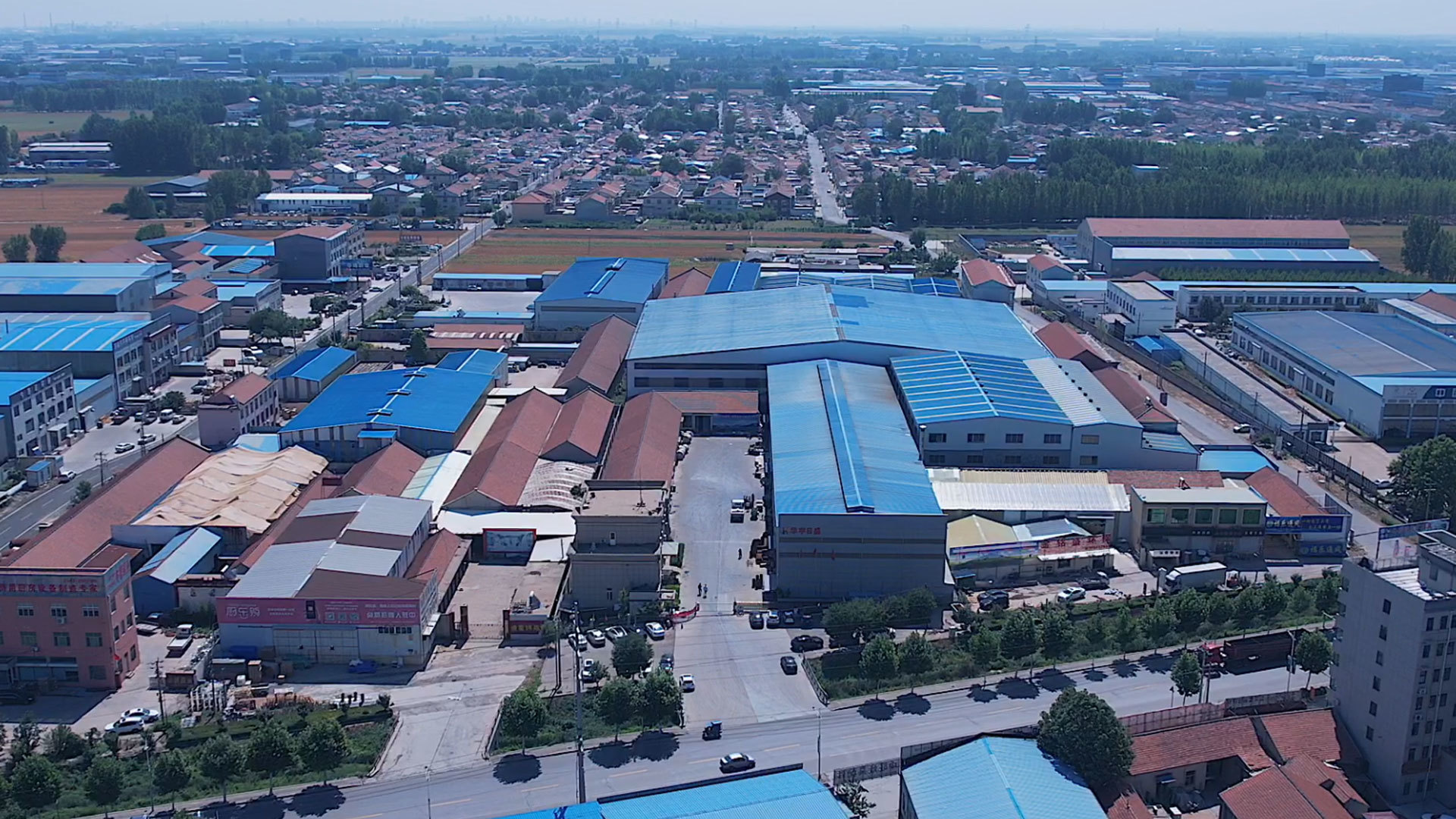





Printing board
Key words:
Printing board
Category:
- Details
-
Printed board is a common decorative material used for the decoration of interior walls, ceilings, furniture, etc. It is made by attaching printing paper or printing film to the surface of the board to form a variety of patterns and textures to beautify the space and enhance the indoor environment.
The production process of the printed board is usually divided into three steps: preparation work, printing treatment and post-processing. First, it is necessary to select a suitable plate as the base material, and trim and polish it to ensure a smooth and smooth surface. Next, select the appropriate printing paper or printing film according to the design requirements, and press it tightly with the plate by hot or cold pressing. Finally, post-processing, such as trimming, painting, etc., is carried out to enhance the durability and aesthetics of the printed board.
One of the advantages of printed boards is that it has a rich selection of patterns and textures. Whether it is imitation wood grain, imitation stone grain or other decorative effects, it can be achieved on the surface of the board through printing technology. This makes printed boards an important choice in decorative design, able to meet the needs of different styles and individual interior decoration.
In addition, the printed board also has the advantages of easy installation, easy cleaning and easy maintenance. Compared with solid wood products, the installation of the printed board is more convenient, which can save time and labor costs. At the same time, the surface of the printed board adopts special treatment methods, so that it has better wear resistance, scratch resistance and long service life. In addition, the surface of the printed board is flat and not easy to absorb moisture, which makes it easy to clean and maintain, and can maintain a long-term appearance and cleanliness.
However, there are also some limitations and precautions for printed boards. First, the selected printing paper or printing film should have good quality and durability to avoid problems such as falling off and deformation during use. Second, the surface of the printed board is susceptible to moisture and high temperature, so care needs to be taken to maintain proper ambient humidity and temperature during installation and use. In addition, the service life of the printed board is relatively long, so it is necessary to consider its sustainability and timeliness when choosing patterns and textures.
In general, printed boards are both functional and decorative interior decoration materials, with the advantages of rich and varied pattern and texture selection, easy installation, easy cleaning, and easy maintenance. In interior decoration design, printed boards can add unique charm to the space and create a personalized, comfortable and pleasant living environment. However, when using printed boards, attention needs to be paid to the quality and durability of the material, as well as proper ambient humidity and temperature control, to ensure its long-term use effect and aesthetics.
Related products
Leave A Message





